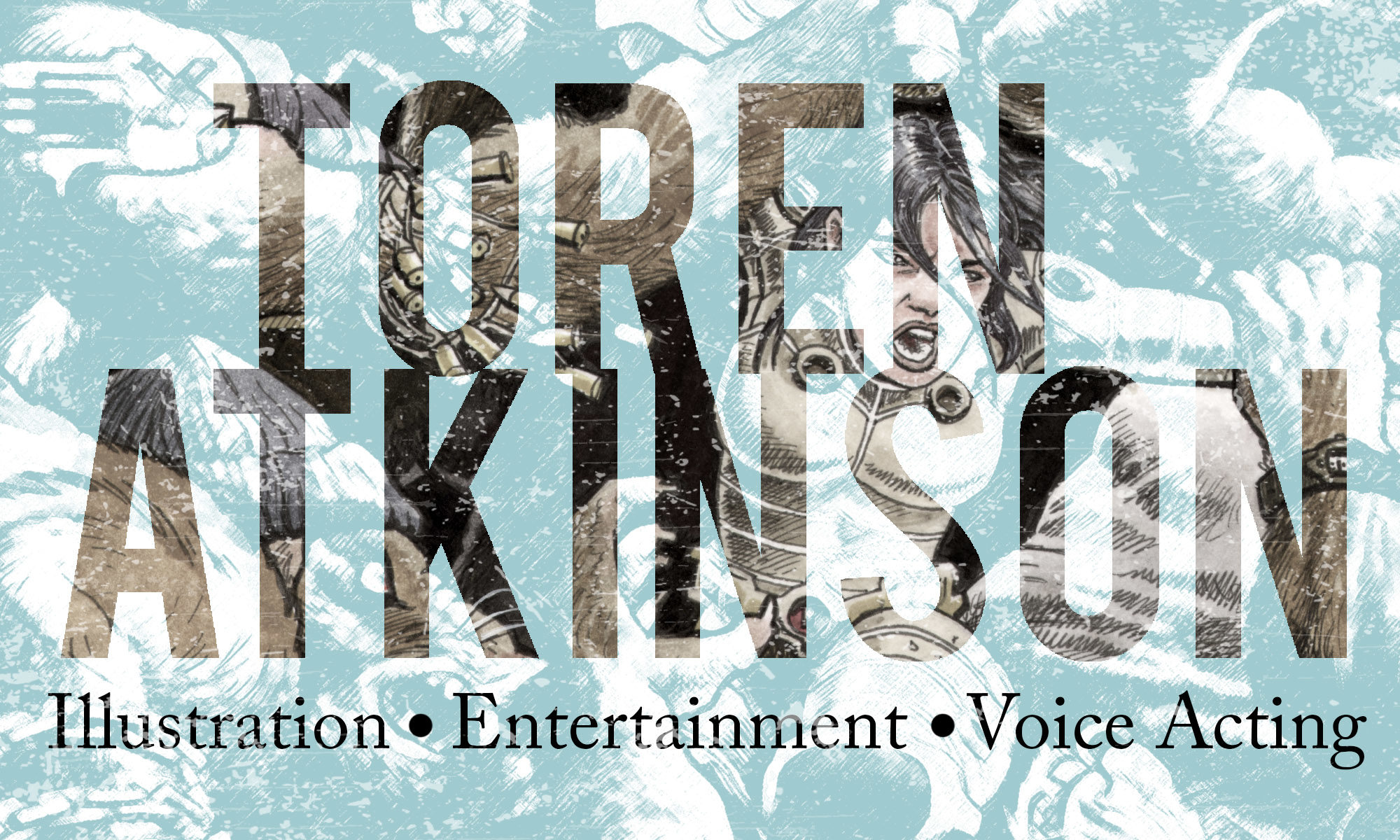for pointing me to this very interesting transcript (link) which I will post here in a more digestible chunk for those of you on a schedule:
“Where did these genes evolve from?” Why do we have schizophrenia in every culture on this planet? From an evolutionary perspective, schizophrenia is not a cool thing to have.
What’s evolution about? Evolution is the process by which adaptive traits become more common. Schizophrenia is not an adaptive trait. You can show this formally: schizophrenics have a lower rate of leaving copies of their genes in the next generation than unaffected siblings. By the rules, by the economics of evolution, this is a maladaptive trait. Yet, it chugs along at a one to two percent rate in every culture on this planet.
So what’s the adaptive advantage of schizophrenia? It has to do with a classic truism–this business that sometimes you have a genetic trait which in the full-blown version is a disaster, but the partial version is good news.
What’s the example we all learned in the textbook case? Sickle-cell anemia: full-blown version, fatal hematological disorder; partial version, you don’t get malaria. Cystic fibrosis: full-blown version, you’re typically dead by 20; partial version, you’re resistant to cholera. This turns out to be a theme with a lot of human genetics. As long as there’s enough folks with the advantageous partial version, you can afford the occasional cousin with the full-blown version.
Evidence suggests this is what the genetics of schizophrenia is about. What’s the partial version? It’s the disease that got identified about 30 years ago. This was a massive multi-year study. Psychiatrists…noticed there’s something kind of weird about relatives of schizophrenics–not every single one of them, but at higher than expected rates. This “kinda weirdness” is now called “schizotypal personality.”
What is schizotypal? It’s a more subtle version of schizophrenia. This is not somebody who’s completely socially crippled; they’re just solitary, detached: these are the lighthouse keepers, the projectionists in the movie theaters. These are not people who are thought-disordered to the point of being completely nonfunctional; these are people who just believe in kinda strange stuff. They are into their Star Trek conventions. They’re into their astrology, they’re into their telepathy and their paranormal beliefs, they’re into–and you can see now where I’m heading–very, very literal, concrete interpretations of religious events.
Schizophrenics have a whole lot of trouble telling the level of abstraction of a story. They’re always biased in the direction of interpreting things more concretely than is actually the case. You would take a schizopohrenic and say, “Okay, what do apples, bananas and oranges have in common?” and they would say, “They all are multi-syllabic words.” You say “Well, that’s true. Do they have anything else in common?” and they say, “Yes, they actually all contain letters that form closed loops.” This is not seeing the trees instead of the forest, this is seeing the bark on the trees.
What you find with schizotypals is what is called metamagical thinking, a very strong interest in new-age beliefs, science fiction, fantasy, religion, but in a very concrete, literal form, a very fundamentalist style. Somebody walking on water is not a metaphor. Somebody rising from the dead is not a metaphor; this is reported, literal fact.
Now we have to ask our evolutionary question: “Who are the schizotypals throughout 99% of human history?” And in the 1930s, decades before the word “schizotypal” even existed, anthropologists already had the answer.
It’s the shamans, medicine men, witch doctors. When you look at traditional human society, they all have shamans. That is this classic sort of balanced selection of evolution. There is a need for this subtype–but not too many.
The critical thing with schizotypal shamanism is, it is not uncontrolled the way it is in the schizophrenic. This is not somebody hearing voices all the time, this is somebody hearing voices only at the right point. It’s a milder, more controlled version.
Shamans are not evolutionarily unfit. Shamans are not leaving fewer copies of their genes. These are some of the most powerful, honored members of society. In order to have a couple of shamans on hand in your group, you’re willing to put up with the occasional third cousin who’s schizophrenic. That’s the argument; and it’s a very convincing one.
Western religions, all the leading religions, have this schizotypalism shot through them from top to bottom. It’s that same exact principle: it’s great having one of these guys, but we sure wouldn’t want to have three of them in our tribe. Overdo it, and our schizotypalism in the Western religious setting is what we call a “cult,” and there you are in the realm of a Charles Manson or a David Koresh or a Jim Jones. You can only do post-hoc forensic psychiatry on Koresh and Jones, but Charles Manson is a diagnosed paranoid schizophrenic. But get it just right, and people are gonna get the day off from work on your birthday for millennia to come.

